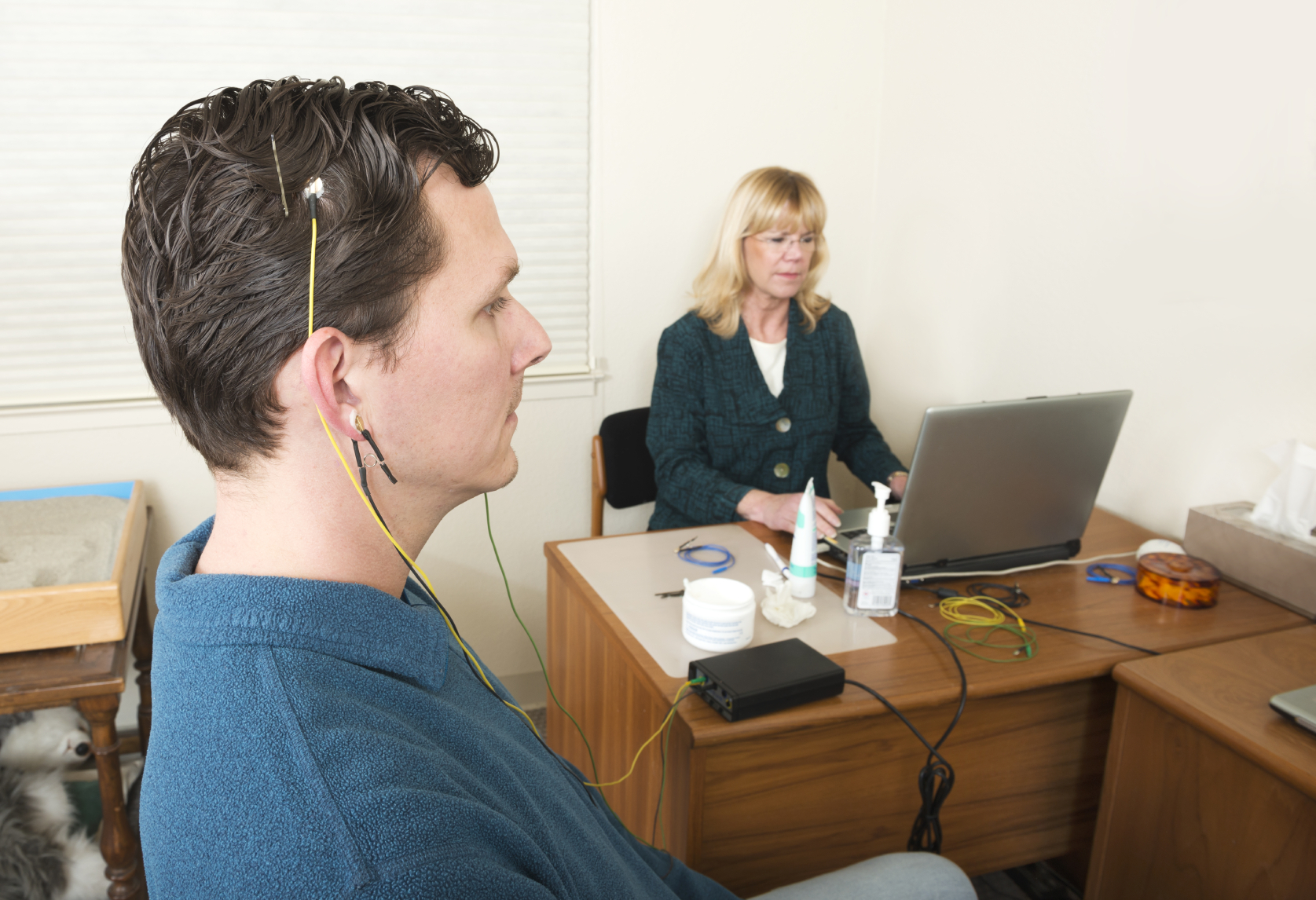Revealing the Secrets of the Mind Through Quantitative EEG Cerebral Mapping in Psychological Health Assessment
Revealing the Secrets of the Mind Through Quantitative EEG Cerebral Mapping in Psychological Health Assessment
Blog Article
Understanding the human mind is a complex task, especially when it comes to psychological health. Conventional approaches of evaluation often rely on interviews and questionnaires, which can sometimes overlook crucial details about how the brain functions. This is where qEEG brainwave analysis, or qEEG, comes into play. qEEG is a specific technique that measures neural signals in the cerebrum. By examining these brainwaves, mental health professionals can gain important understandings into a individual's mental state, aiding to improve diagnosis and treatment.
qEEG functions by applying small sensors on the head to capture neural signals. These sensors detect neural impulses produced by neurons, the cells in the cerebrum that interact with one another. The information collected is then analyzed and presented as a set of waveforms. Each type of brainwave—such as α, beta, δ, and θ—relates to different mental states and activities. For example, alpha oscillations are commonly associated with calmness, while β oscillations are linked to engaged cognition and problem-solving. By examining these trends, healthcare providers can detect abnormalities that may indicate psychological health concerns.
One of the major advantages of qEEG is its ability to offer unbiased information. Unlike traditional evaluations that depend on personal reports from patients, qEEG offers a clear view of neural activity. This clarity can help reduce biases in assessment and result to more accurate treatment plans. For example, if a client is facing stress, qEEG can show specific patterns of brain activity that are associated with stress conditions. This data enables psychological health experts to tailor interventions more effectively, whether through therapy, medication, or alternative approaches.
Additionally, qEEG can be especially beneficial in tracking treatment progress. By performing qEEG evaluations at different points during therapy, clinicians can track changes in brain activity over period. This continuous assessment assists ascertain if a intervention is effective or if adjustments are needed. For example, if a client is not reacting to a specific treatment, qEEG may indicate that their neural function has not altered in a manner that suggests progress. This response cycle can lead to more personalized and effective mental health care.
In conclusion, qEEG brain mapping is a powerful tool in the field of mental health assessment. By providing objective data about brain activity, it enhances the understanding of various mental health conditions. This technique not only aids in accurate diagnosis but also helps in tracking intervention effectiveness. As mental health professionals continue to explore the capabilities of qEEG, it possesses promise for improving the lives of individuals facing mental health neurofeedback for memory improvement challenges. With ongoing investigation and progress in techniques, the secrets of the brain may turn clearer, resulting to better outcomes for those in need of support.